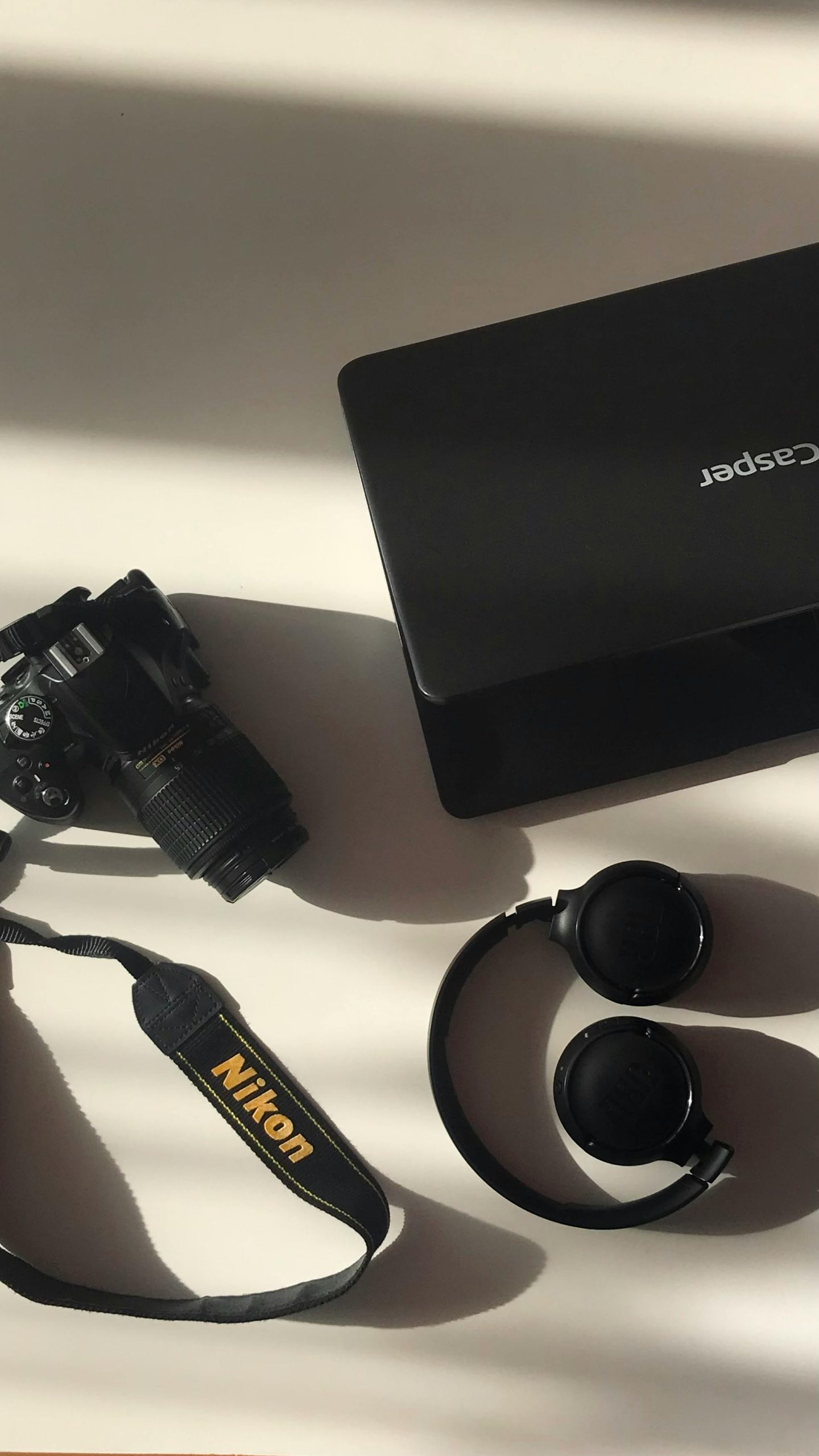Understanding VRAM Clock Behavior with Dual Monitors: A Deep Dive into the 5070ti Experience
In recent years, the gaming and professional landscape has seen a significant surge in multi-monitor setups. With the growing demand for increased screen real estate and enhanced user experiences, graphics cards have been compelled to adapt and evolve. One such card, the 5070ti, has caught the attention of gamers and professionals alike. However, peculiarities in its behavior, such as the VRAM clock not downclocking when idle, have left many perplexed. In this article, we’ll navigate through the intricacies of VRAM clock performance in dual-monitor setups, specifically exploring the unique challenges faced by users of the 5070ti graphics card.
The VRAM Clock Conundrum
VRAM, or Video Random Access Memory, plays a pivotal role in graphics performance. It temporarily stores image data, allowing the GPU to quickly retrieve the information needed to render graphics. The clock speed of VRAM, or how fast it can operate, is crucial for optimal performance, particularly in resource-intensive tasks like gaming or video editing.
For a single-monitor setup, the VRAM of a graphics card typically downclocks to conserve energy and reduce heat production when the system is idle. However, things might get complicated when multiple monitors are involved, as highlighted by the case of the 5070ti.
Examining the 5070ti’s VRAM Behavior
Consistent Refresh Rates: The Catalyst for Issues
When using two 1440p 144Hz monitors, users have observed that the VRAM clock remains at its maximum, even when idle. This behavior is contrary to expectations, where the VRAM clock should ideally downclock during idle periods to save power.
A closer examination reveals that when both monitors are set to the same refresh rate, the VRAM clock remains elevated. However, changing the refresh rate of one monitor to a lower setting, such as 60Hz, prompts the VRAM to downclock as expected. This raises questions about what role refresh rates play in VRAM behavior.
The Refresh Rate Dilemma
Refresh rates pertain to how often the display updates with new information each second, measured in Hertz (Hz). Higher refresh rates provide smoother visuals, which is particularly advantageous for gamers seeking an edge in fast-paced environments.
However, these refresh rates can contribute to increased VRAM workloads, especially when multiple high-refresh-rate monitors are involved. In specific cases, like the 5070ti graphics card, this can result in the VRAM clock remaining at peak levels even when idle.
An Enigma: Downclocking Anomaly at Lower Refresh Rates
One peculiar observation made by users is that setting both monitors to 60Hz results in the VRAM clock remaining at maximum, contrary to expectations that reduced bandwidth would lead to a downclock. This anomaly can stem from several factors, possibly including driver-level configurations, hardware limitations, or even potential software glitches.
Understanding the Implications
Power Consumption and System Performance
For most users, the immediate concern with a constantly high VRAM clock is increased power consumption. However, in the case of the 5070ti, it has been noted that even at maximum VRAM clocks during idle conditions, the power draw remains relatively low at approximately 25 watts. While not ideal, this isn’t necessarily alarming.
Factors Influencing VRAM Behavior
Several factors could contribute to the VRAM clock behavior observed with the 5070ti:
-
Driver and Software Considerations: GPU drivers are crucial for optimizing and configuring various aspects of the graphics card’s functionality. Inconsistent or outdated drivers can sometimes cause unexpected behavior. Ensuring drivers are up to date is a fundamental troubleshooting step.
-
Multithreading and Resource Allocation: The way a graphics card allocates resources across multiple displays can vary. In some instances, a card might prioritize maintaining performance over power efficiency when dealing with disparate refresh rates across multiple monitors.
-
Potential Firmware Glitches: Given the unusual behavior observed, it’s plausible that there could be a firmware-level glitch or bug influencing the card’s ability to properly manage VRAM clocks under specific conditions.
Is This Cause for Concern?
The million-dollar question for many users is whether they should worry about the VRAM clock not downclocking during idle periods. The answer largely depends on specific use cases and priorities.
For those prioritizing energy efficiency and minimizing heat output, this behavior can be a slight inconvenience. However, as long as the system remains stable and power draw is within acceptable limits, there’s typically no immediate cause for alarm.
Solutions and Workarounds
Exploring Potential Fixes
-
Driver Updates: Regularly updating GPU drivers can often resolve unexpected behavior. Working with the latest drivers ensures that any known bugs are patched and performance optimizations are applied.
-
Manual Refresh Rate Tweaks: Experimenting with different refresh rate combinations might reveal an optimal configuration that allows the VRAM clock to downclock as intended. While this isn’t a guaranteed fix, it could offer a temporary solution.
-
Community and Manufacturer Support: Engaging with online communities and reaching out to the manufacturer might provide additional insights. Sometimes, users facing similar issues can share valuable experiences or solutions.
-
Custom Profiles and Overclocking Tools: Tools like MSI Afterburner or similar software can allow users to create custom profiles that manage clock speeds and power consumption based on specific needs.
Looking to the Future
The case of the 5070ti serves as a reminder of the complexities involved in multi-monitor setups and the challenges they pose to graphics card manufacturers. As technology continues to advance, we can anticipate improvements both in hardware and software that better accommodate diverse user requirements.
Ultimately, understanding these quirks and learning how to navigate them ensures users can extract the best performance from their systems while preserving efficiency and stability. With an ever-evolving landscape, staying informed and adaptable will always be the key to mastering the intricacies of modern computing environments.
Share this content:




Response to 5070ti VRAM Clock Behavior
Hi there,
Thanks for shedding light on the intriguing issue with the 5070ti VRAM clock not downclocking at idle, especially under dual-monitor configurations. It’s a common concern among users, and your analysis hits all the crucial notes.
As you mentioned, the interplay between different refresh rates significantly impacts VRAM behavior. When using two 1440p 144Hz monitors, the GPU seems to prioritize maintaining performance over power efficiency, which can be frustrating for users concerned about energy consumption.
Here are a few additional insights and steps that might help address the situation further:
Experiment with Display Settings: In addition to adjusting refresh rates, consider trying different resolutions or enabling technologies like V-Sync, which might help regulate the workload on the VRAM more effectively.
Driver Options: Keep an eye on features within your GPU driver settings that might affect power management. Nvidia and AMD typically offer settings that can optimize performance and power usage.
Advanced Monitoring: Utilizing tools like GPU-Z or HWiNFO can help you keep track of VRAM usage and voltage levels more thoroughly. This can provide insight into whether specific applications or tasks are keeping
Thank you for sharing this detailed overview of the VRAM clock behavior on the 5070ti with dual monitors. This is a common concern among users with multi-monitor setups, especially when dealing with high refresh rates and specific GPU behaviors.
Based on your description, here are some recommended troubleshooting steps and considerations: